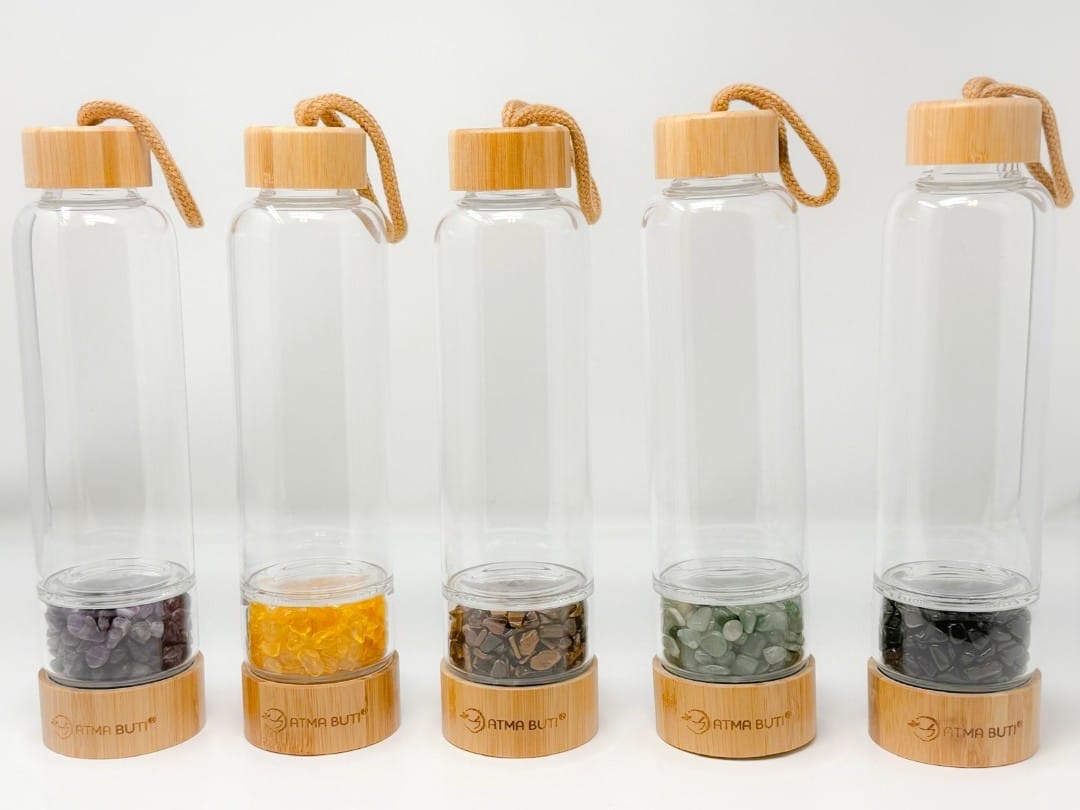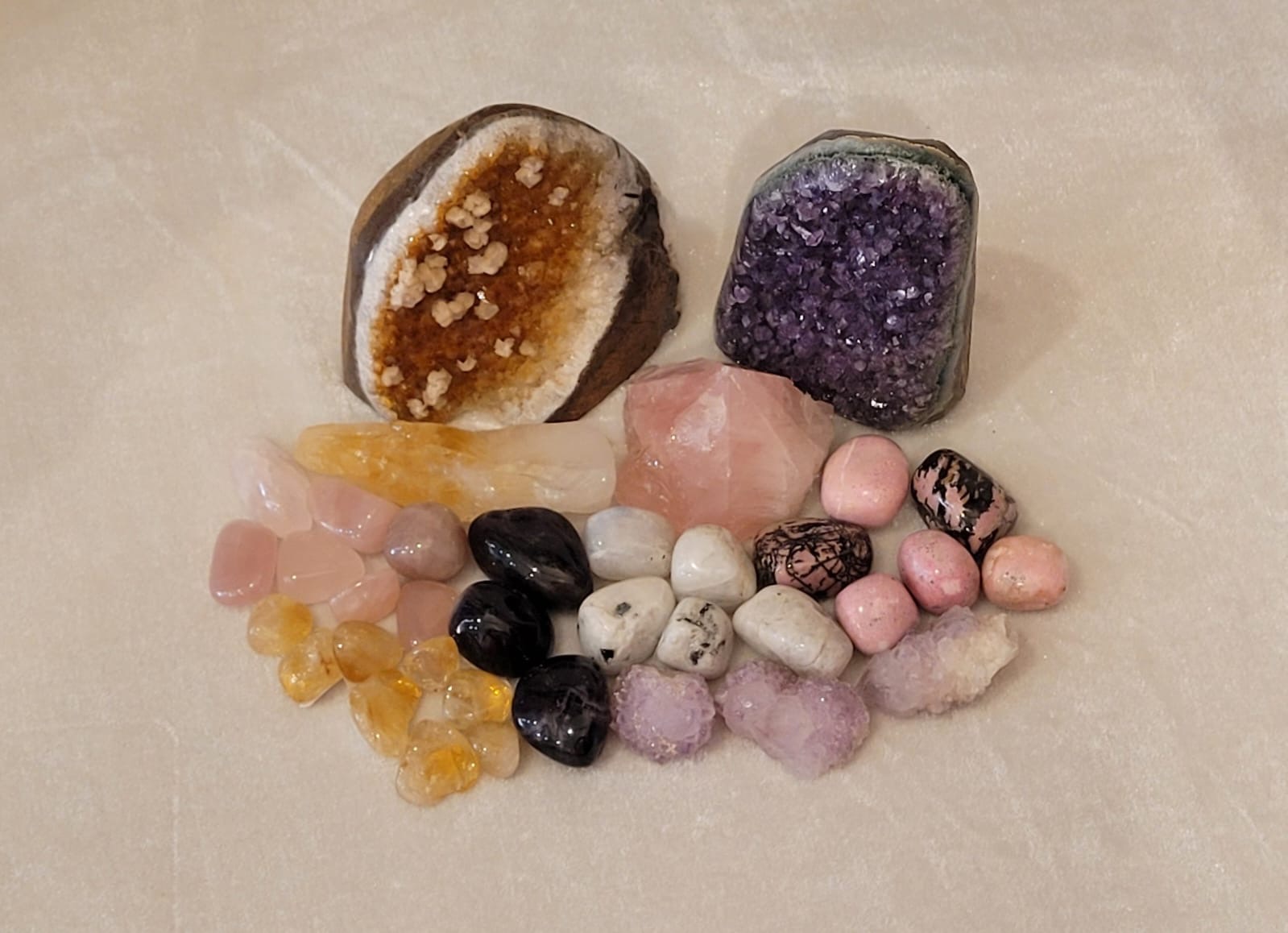
Article by Suren Shrestha
Let me introduce you to my Sankhuwa Sava
Every life travels some peaks and valleys. I would like to suggest that when visiting Nepal, you travel the peaks and valleys of my home, the Sankhuwa Sava district. This region is of great importance to me as I was born in Khandbari, capital of Sankhuwa Sava district. Currently I reside in Boulder, CO, USA with my wife and daughter, but my own journey takes me back to this beautiful place frequently.
Sankhuwa Sava is like no other place on Earth. Located in District 1 of Eastern Nepal, Sankhuwa Sava is home to the Makalu-Barun National Park and Protected Nature Preservation Area, the Arun River valleys (including the world’s deepest valley – more than 20,000 foot deep), and the world’s 5thhighest peak Mt. Makalu. Folklore also claims this region as the land of the legendary Yeti. The Sankhuwa Sava region offers a large selection of tourist activities and opportunities for growth in Eastern Nepal.
Makalu-Barun National Park is the world’s only protected area with an elevation gain of 27,825 feet. It is a designated as a strict nature preserve dedicated to protecting the high diversity of forest types in the Eastern Himalayas, ranging from the near-tropical, monsoon forests at 1,200 feet to the alpine forests at 14,000 feet. The park boasts of orchids, rhododendron, and many types of medicinal herbs. Bird-watching enthusiasts can explore observation opportunities within the park of some 400 species of birds, including the rare spotted wren warbler and the olive ground warbler. In a visit to this park, one can view more species of birds alone than by traveling the entire continental U.S. There are many other animals to view within the park such as: endangered red pandas, snow leopards, Himalayan black bears, clouded leopards, wild boars, barking deer, Himalayan marmots, langur monkeys and Serow antelope. In 2009, scientists obtained the first camera trap photos of the Asian Golden Cat in Nepal.
The Arun River valley in the southeast is situated at an altitude of 1,000 feet and gains altitude to about 27,825 feet in the peaks of Mt. Makalu. There is no view like this deep valley anywhere in the world! The dramatic peaks of Mt. Makalu, the fifth-highest mountain in the world, and its companions Mt. Chamlang, Mt. Baruntse, and Mt. Mera rise over the protected valley. The towering granite cliffs capped with immense glaciers in the upper reaches of the Barun Valley have been compared to those of Yosemite – just on a bigger scale!
There are many activities that draw tourists to Nepal, however; Peak Climbing may be one of the most popular. Peak Climbing in Nepal is one of the most challenging tourism activities available, with Nepal acting as the launch point for mountaineers for decades. Nepal has eight out of fourteen of the world’s 8000 meter (26,000 feet) peaks, and offers the best choices for Himalaya expeditions and mountaineering. Peak Climbing in the Himalayas has become a “bucket list” activity for mountaineers, extreme sport enthusiasts, and anyone ready and willing to dedicate themselves to a once-in-a lifetime challenge.
Mount Makalu is a rarely visited gem. It is considered one of the toughest 8000 meter peaks to climb – even the great Edmund Hillary failed twice. The wilderness around it is just waiting to be explored by adventurous trekkers.
Another popular activity in Nepal is trekking. Trekking in the Arun Valley offers an alternate to the well known Khumbu region trekking. An Arun Valley trekking journey begins between two amazing mountains -Mt. Everest and Mt. Makalu. Although not a traditional tourist area, there are significant views of Mt. Everest, Mt. Makalu, and hundred of other mountains right before your eyes. The Arun Valley Trail is a wonderful trekking destination in the wilderness, perfect for people who really don’t want to be crowded in with a huge number of tourists. It is quite an adventure, with teahouses and friendly towns all along the way.
The Arun and Sun Koshi Rivers offer rafting for any skill and excitement level, with rapids ranging from 1 to 6 in difficulty. Sun Koshi, the river of gold, has been rated as one of the top ten rafting trips in the world! Enjoy slow river trips through stunning gorges with swimming and camping on pristine white sand beaches, or if you’re feeling more adventurous you can choose to face the challenging rapids that river guides have named Meat Grinder, High Anxiety, and Jaws!
The Koshi River is associated with many ancient spiritual stories. Due to the violent nature of the Koshi River during monsoon season, legend says that Parvati, the wife of Shiva, after defeating a demon, became known as the warrior goddess (Bhagwati) Durga who transformed into the river Koshi. In Ramayana, the river Ganges is depicted as her elder sister, Ganga. Another incarnation of Parvati is the goddess Manakamana. It originates from two words, “mana” meaning heart and “kamana” meaning wish. It is believed that Goddess Manakamana grants the wishes of all those who make the pilgrimage to her shrine (Temple) to worship her. There are two Manakamana Temples in Nepal. One is located in Gorkha and the other is located in the bank of the Arun River near Tumlingtar airport.
Viśvāmitra is said to have attained the status of Vedic or ‘Rishi’ on the banks of the Koshi River. Viśvāmitra is credited with writing many well-known Vedic Hymns on the Banks of the Koshi where he lived in his hermitage — The Mandala 3, the Rigveda, and the Gāyatrī Mantra.
The Koshi River is a major tributary of the Ganges, and the Arun River is a major tributary of the Koshi River. Seven rivers join together to form the ‘Saptakoshi River,’ or ‘Sapt Koshi’. The Koshi River reaches high into the mountains, forging through to Tibet.
A new highway route creating the shortest overland route between China and India will be possible because of the Arun III dam project. The new highway should be completed within a few years and will open much more trade to local areas. It will be similar in impact to the Araniko Friendship Highway, the only legal point of entry between China and Nepal, two countries with a common border stretching for 1400km. Once the new highway is complete, Khandbari will be the hub of major traders from both India and China, creating colorful bazaars for shopping in this region.
Overseas exports of this region include many products such as: Large Cardamoms (Alaichi), Herbs, Yarcha Gumba, Rudrakshya, Botanical Essential Oils, Crystal and Gem Stones, and Hemp products. Craftsmen in small towns, for example, Chainpur, create metal works from everyday kitchenwares to metal singing bowls for healing and mindfulness therapy. Goods from Nepal are growing in popularity worldwide!
No matter what time of year a trip is planned to see the sights in Nepal, there are attractions. Trekking in spring is lovely as the mountain slopes are covered with beautiful flowers and the peaks still have plenty of high snow to enhance your photos. The temperature is quite moderate and the mountain views are excellent.
Summer is the season to travel in the rain shadow areas. This season is also recommended for forest researchers and botanists. You may also witness the Gai Jatra Festival, which is similar to the Day of the Dead celebration.
In the fall, expect better visibility, the air is fresh, and the weather is ideal. The most important Nepalese festivals (Dashain and Tihar) are celebrated during this season.
Winter is noted for occasional snowfall and the air can be quite cold at higher elevations. With these cooler conditions it is often preferable for trekking at lower elevations and enjoying spectacular snow-capped mountain views.
There are so many new adventures to find in this region, both for tourism and for business opportunities. I strongly encourage those who have the willingness to invest money or time in Sankhuwa Sava to do so now, as the region begins to grow in popularity and infrastructure. This is an area with minimal tourist visitation, so you can have the mountains and rivers all to yourself if you choose. The traditional village culture still survives here, with mountain hospitality waiting for new friends to meet.
I hope our paths will cross soon in my birthplace, and perhaps we will even meet the Yeti!





